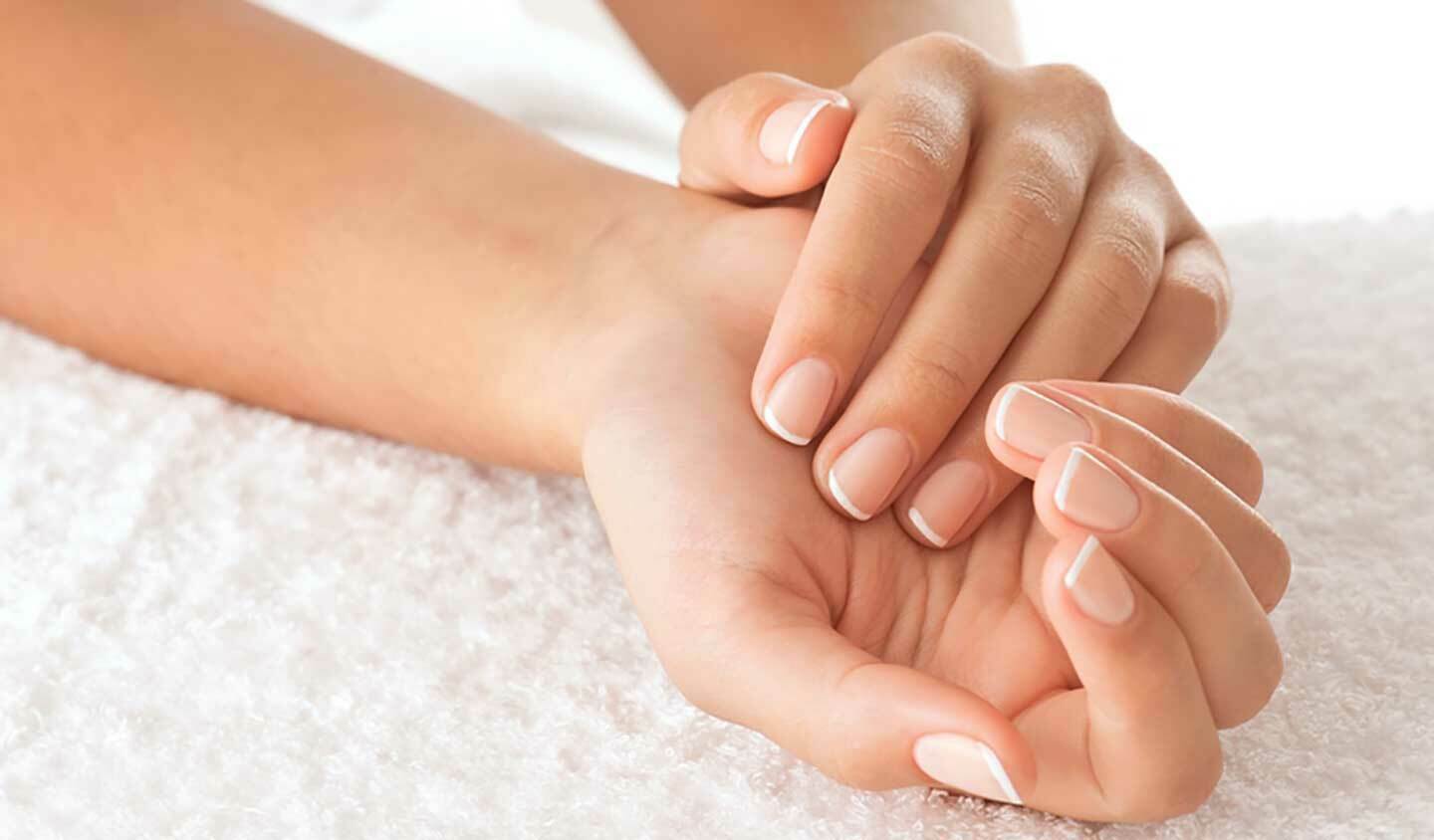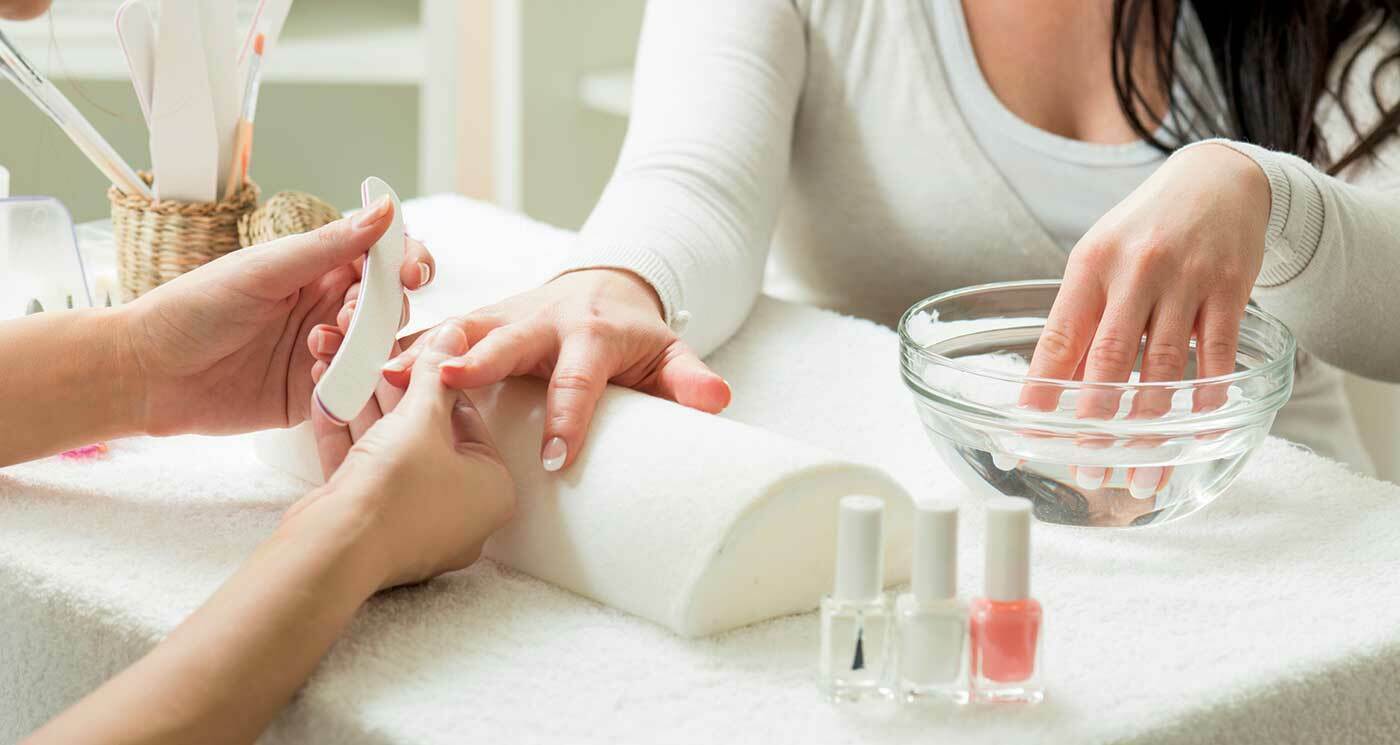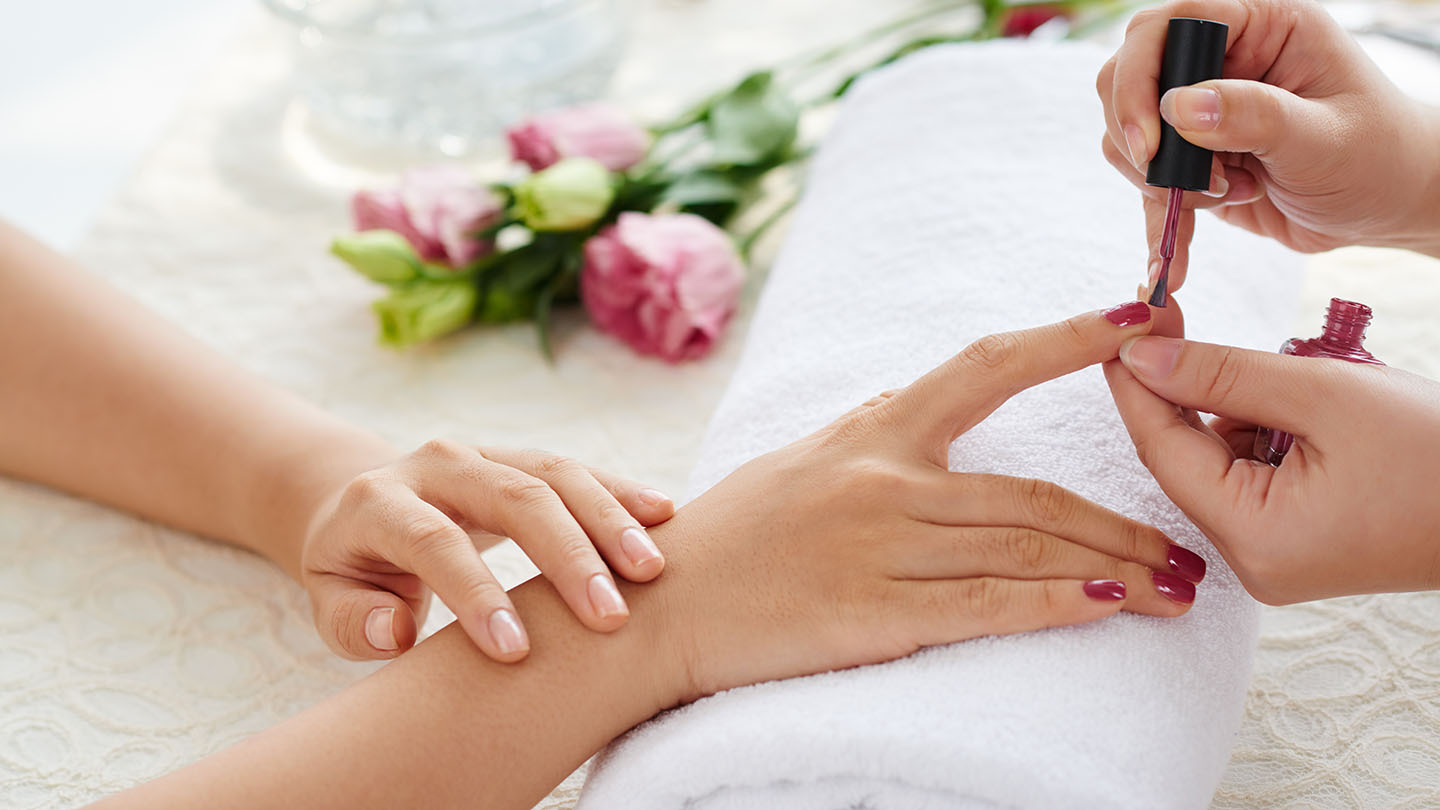A manicure is a beauty treatment which uses special tools, creams, waxes and / or massage techniques to leave your nails and hands healthy and looking good.
A manicure is good for improving the texture and health of both your fingernails and the skin of your hands, as well as leaving them looking polished and perfect.
Apart from making sure your hands and nails look and feel good, a manicure often has the side-effect of relaxing you; there are pressure points on your hands that correspond to other areas of your body.
If you have an injury to your hand - a wound, or joint or muscle strain, or a rash or broken skin -- you are well advised to wait until you recover before you have a manicure, or else make your manicurist very aware of your limitations.

A manicure is usually very soothing. It can be nice to have someone touch your hands and nails, especially if the manicurist uses reflexology or other hand-massage techniques to relax you. You will probably be one-on-one with the manicurist, who should tell you what she is going to do and check to see if you have any queries or concerns.
An expert manicurist will gently soften and remove dead skin from your cuticle using a cuticle remover and a cuticle pusher. A nail file will be used to create the desired nail shape to suit your natural nail and a base coat will be applied. A top coat in your choice of nail colour will be added, and you may also be able to have more decorative nail art applied. Check beforehand if you want this, as you may need another person to do the honours.
A good mani can:
A manicure can last from 15 minutes to more than an hour, depending on what you're having done. Generally speaking, the longer the time allocated to the manicure, the more elements you can expect.
Leave yourself enough time to get the full benefit of the treatment, and make sure you don't have to rush off. If for any reason the manicure takes longer, it's hard to drive with sticky polish still drying on your fingers! Whilst shop-bought nail polish often takes five minutes to dry, salon colour can take up to 12 hours to dry completely. (This isn't the case with gel manicures as those polishes contain polymers which harden under UV light; your nails are smudge- and chip-resistant the minute the treatment is over.)
Don't wear gloves, or anticipate needing your hands for any kind of dextrous work immediately after a manicure. It may not be the best thing to go straight back to banging away on a computer keyboard, doing someone's hair, or bathing your children if you have just had delicate solutions applied to your nails.

There are various kinds of manicure on offer in spas, which may involve a different shaping of the nail, the use of a variety of oils and creams, or even of electro-pulse or hot-stone massage as part of the treatment. Some examples include:
American: a very natural-looking manicure which shapes the nails to your finger tip.
French: a classic manicure using clear or ivory-coloured polish on the body of the nail, with white at the tip. The nail is cut quite square.
Gel manicure and Shellac manicure: these type of manicure treatments have become really popular over the past few years - mainly because the gel polish stays on your nails for about two weeks without chipping. While the manicure process for gel nails is the same as it is for regular manicures, you need to place your nails under a UV lamp between coats in order to set the polish.
Hot stone manicure: this manicure features a hand massage using hot stone therapy to soothe and relax your hand.
Intensive paraffin wax: includes warm wax being rubbed into your nails, hands and wrists to moisturise and soften.
Luxury: this usually signifies a whole-hand treatment which includes a hand massage, softening paraffin wax and heated mittens or a wrap; the combination of heat and moisturising unguents warms and soothes your hands, and softens and hydrates your nails.
Try to give your nails a good clean and remove any traces of old nail polish beforehand using a good acetone or nail polish remover. This will stop the nail technician wasting valuable manicure-time doing it herself, so that she can get on with the good stuff! You might want to take off your rings, too, if there's massage with hand cream involved.
Why not book a manicure on your next spa day?
This article was updated in November 2018

Shy Spy
11th April 2013
Spy Likes:
Instant results; jasmine and frangipani scents; hot steam rooms; a good selection of magazines; modernist decor.
Spy Dislikes:
Whale noises (on CD, not in the pool hopefully); hard massage beds; tiny toilet cubicles; being spoken to like a child; lukewarm pools.
